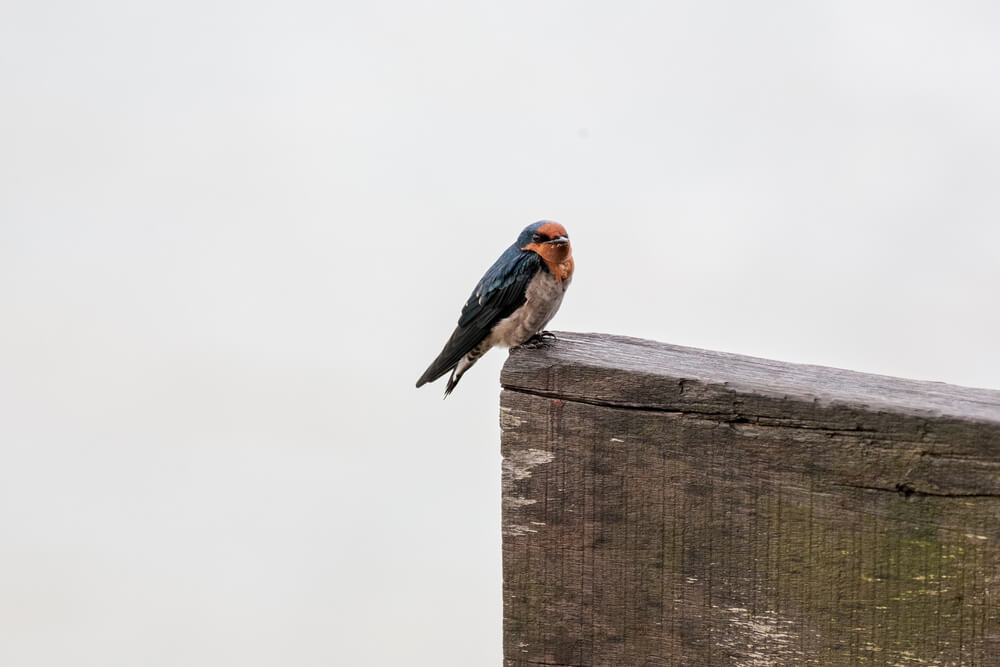
by Don Rhine | May 29, 2019 | Chimney Swifts
It’s that time of year when the snow is melted, the grass is green, and the trees explode with the vibrant green of new leaves. The air smells fresh and the flowers start to bloom, bringing the birds from the North. Bird watching is a great activity, especially if it...
by Don Rhine | May 19, 2017 | Chimney Swifts
Spring is the time of new life. Trees burst into new life with fresh green leaves, soft grass covers your yard, and plants break through the ground. It’s the time baby animals are born and baby birds break out of their shells. One such bird is the chimney swift. If...


